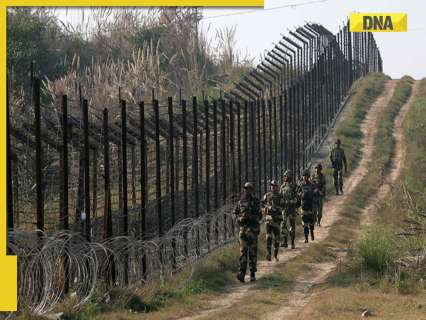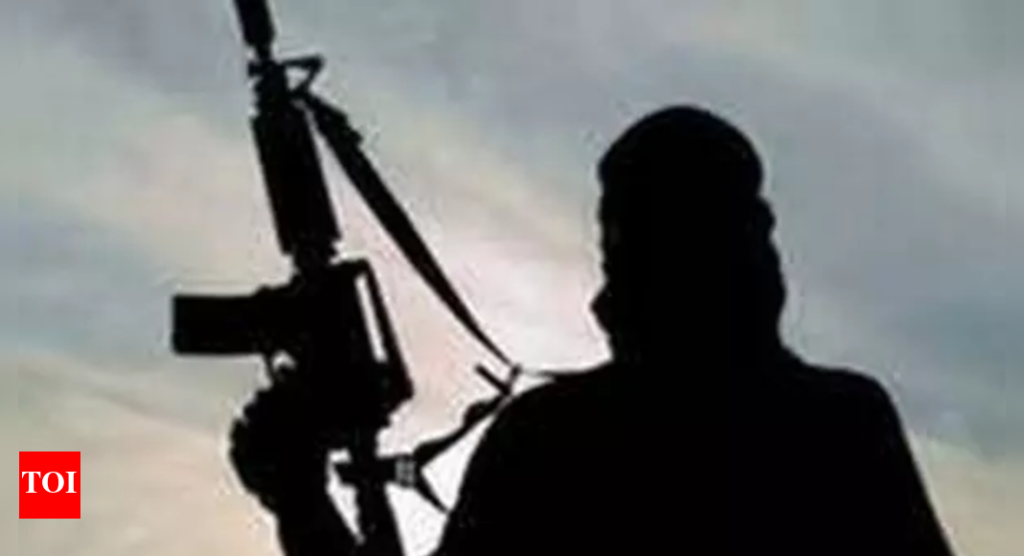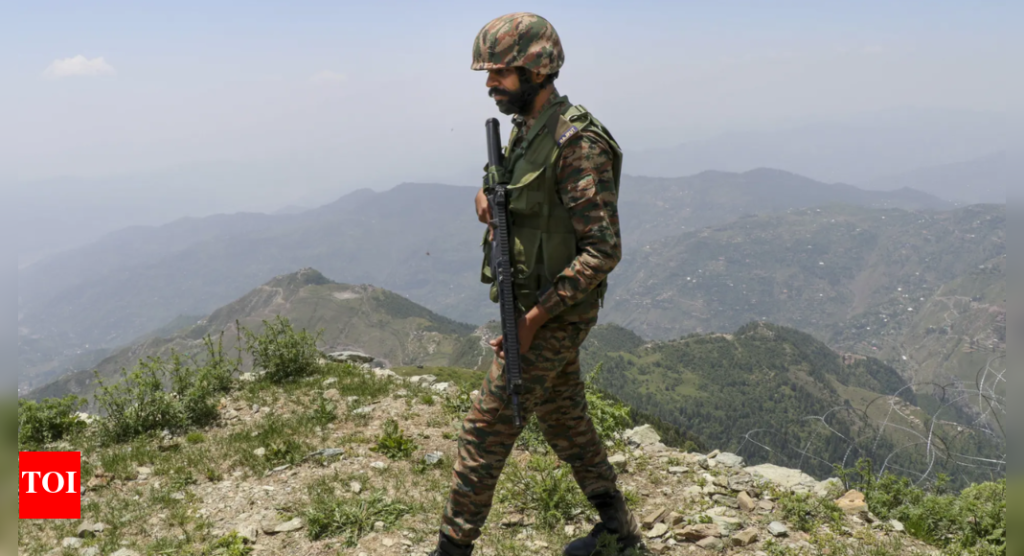Now Reading: How Pakistan Might Respond to a Post-Pahalgam Indian Surgical Strike
-
01
How Pakistan Might Respond to a Post-Pahalgam Indian Surgical Strike
How Pakistan Might Respond to a Post-Pahalgam Indian Surgical Strike

Swift Summary:
- Pakistan may respond to Indian surgical strikes through various options, including military adn asymmetric tactics.
- Artillery Barrages Across LoC: Pakistan could intensify shelling and sniper attacks along the Line of Control (LoC), aiming at military posts or civilian areas. However, India’s superior counter-artillery capabilities make this approach risky for Islamabad.
- fighter jets Deployment: Pakistan could use fighter jets like JF-17 Thunder,US-made F-16s,or Mirage aircraft equipped with advanced munitions. This option is less likely due to India’s robust air defense systems like S-400, Akash, and Barak-8.
- Missile Attacks: While Pakistan has an extensive missile arsenal with ranges varying from 60 km to 2,500 km, this tactic risks escalation and international backlash due to potential misinterpretation as nuclear aggression.
- Drone Strikes: UAVs such as Chinese-made CH-4B drones or indigenous Burraq drones might be deployed for targeted attacks near the LoC. However, their effectiveness is limited by India’s anti-drone systems and air defenses.
- Terrorist Activity: Proxy terror groups like LeT, JeM, or Hizbul Mujahideen could conduct strikes on civilian or military targets within India.Such actions risk international sanctions under bodies like FATF.
Indian Opinion Analysis:
Pakistan’s possible responses highlight a mix of conventional and unconventional strategies tailored for retaliation while minimizing direct escalatory warfare risks – driven primarily by India’s superior defense infrastructure and global scrutiny. Its reliance on artillery fire across LoC remains a predictable move due to its lower risk profile but will likely face Indian counter-measures effectively neutralizing such actions.
Deployment of fighter jets or missile assets holds limited feasibility owing to India’s advanced defenses paired with potential geopolitical consequences including retaliatory escalation threatening regional stability further-a scenario neither side desires given past patterns post-Balakot operations in 2019 observed Overall constraint analyses logic emphasized per related security calculus framework thus accountability wider vigilance operation-alert cycles remain imperative
Read More: DNA India




























